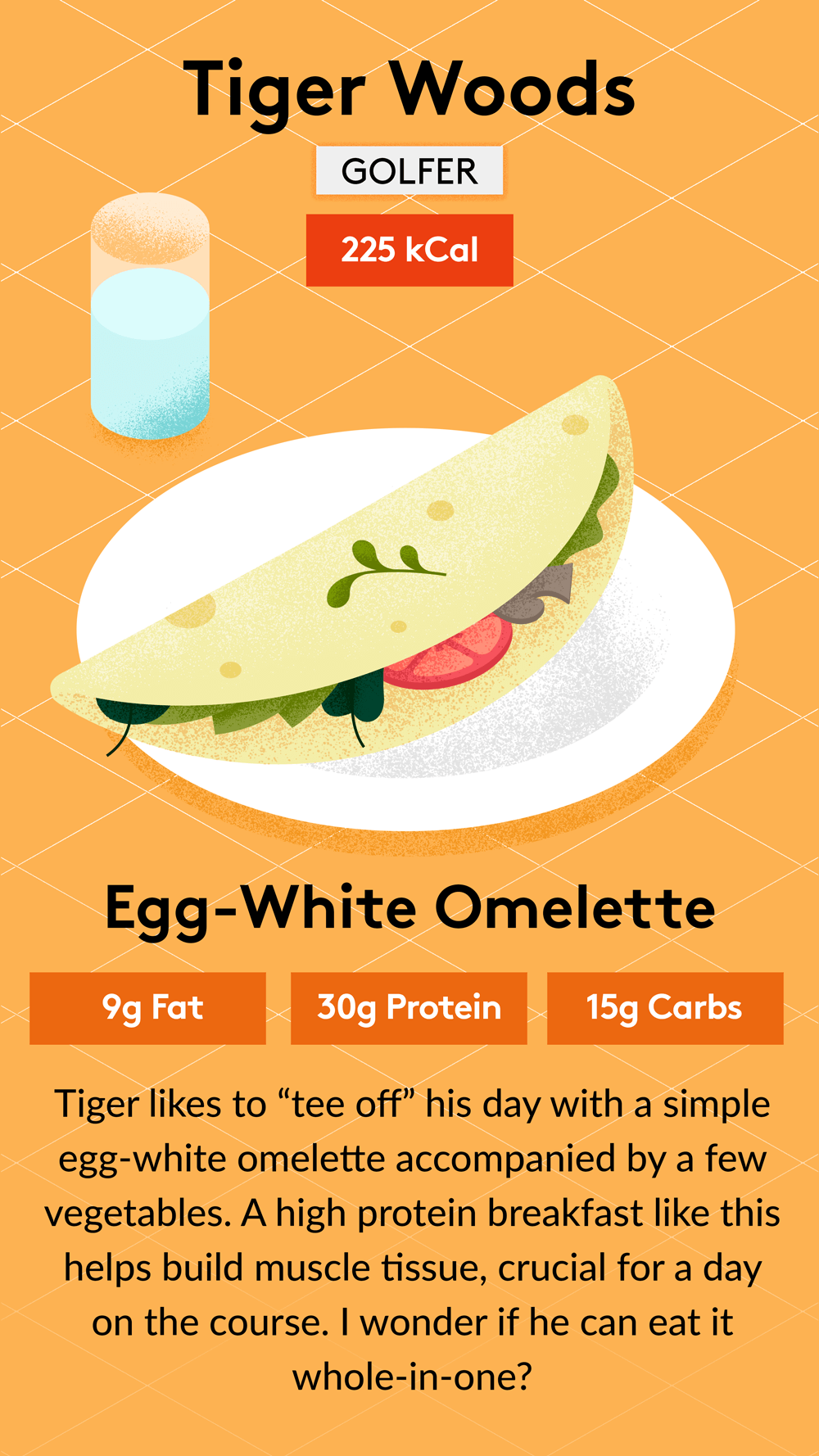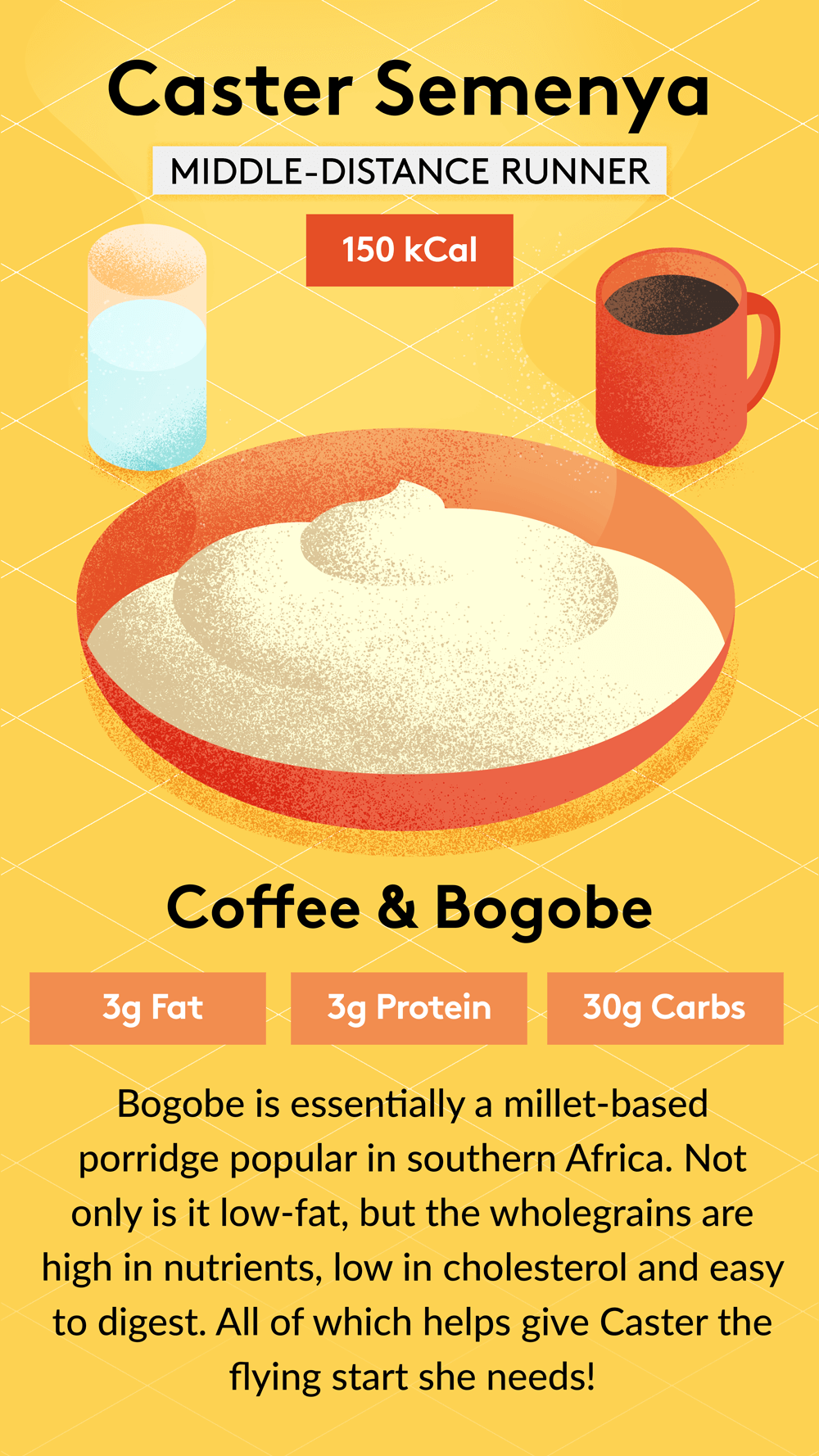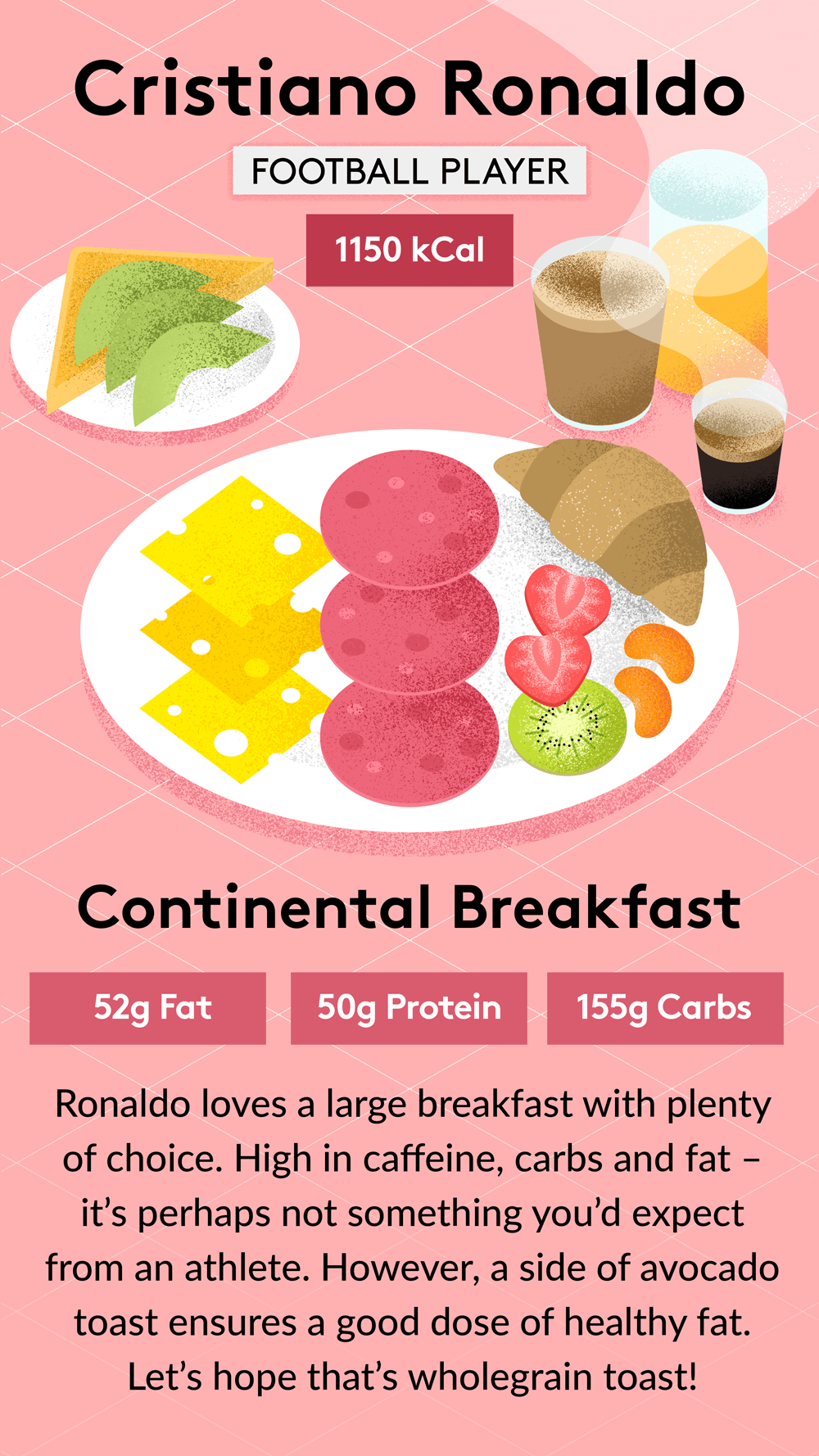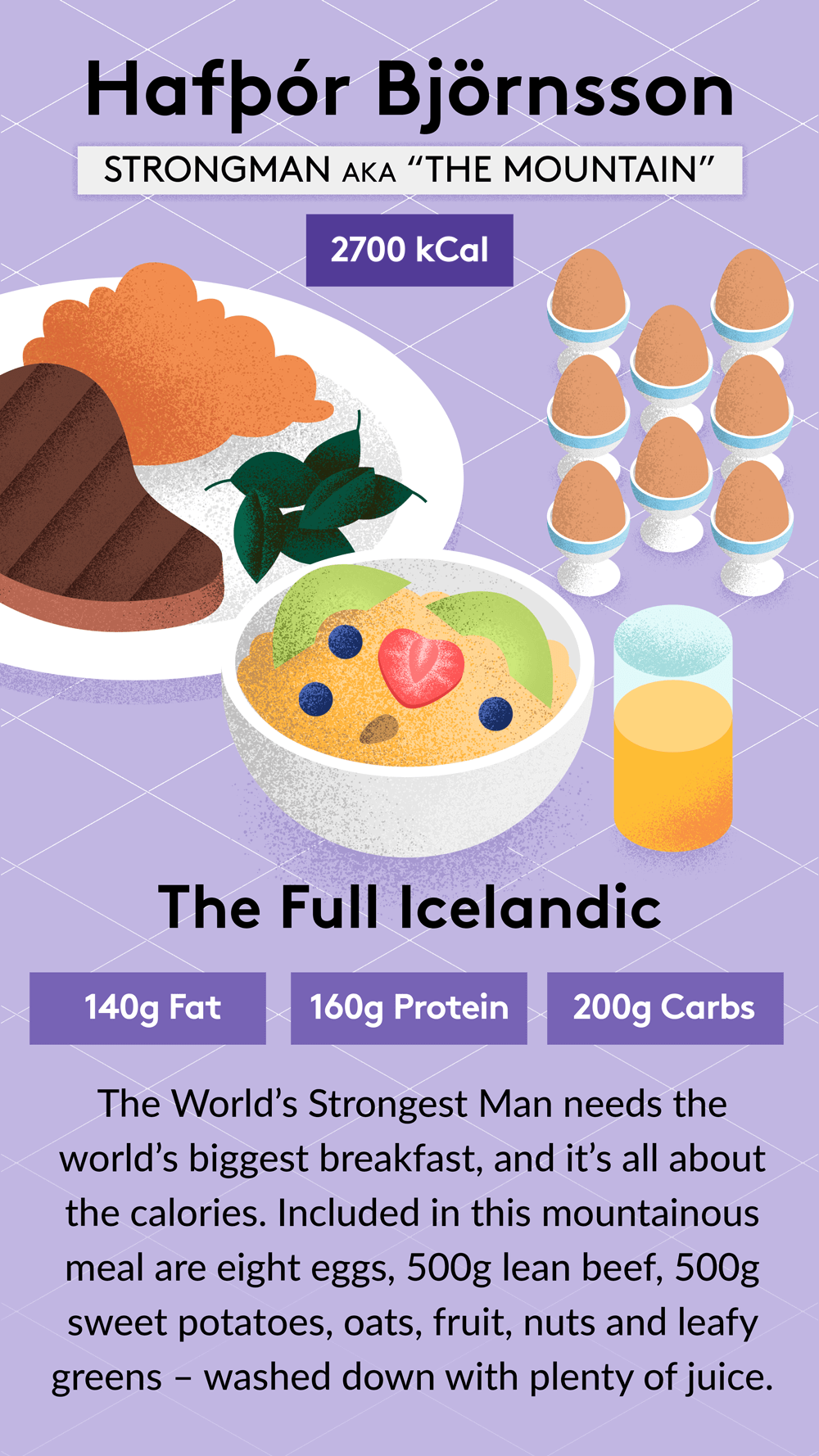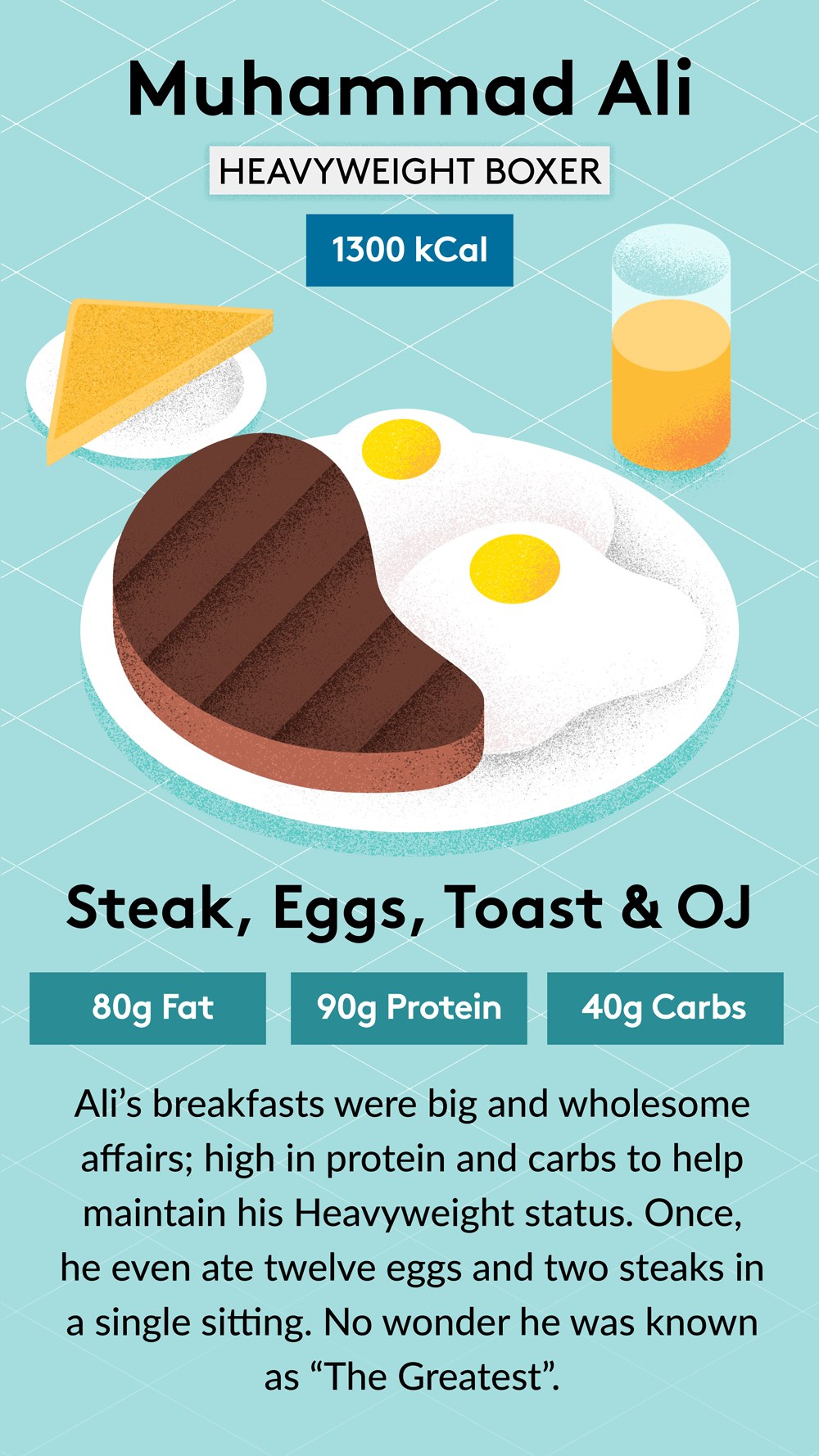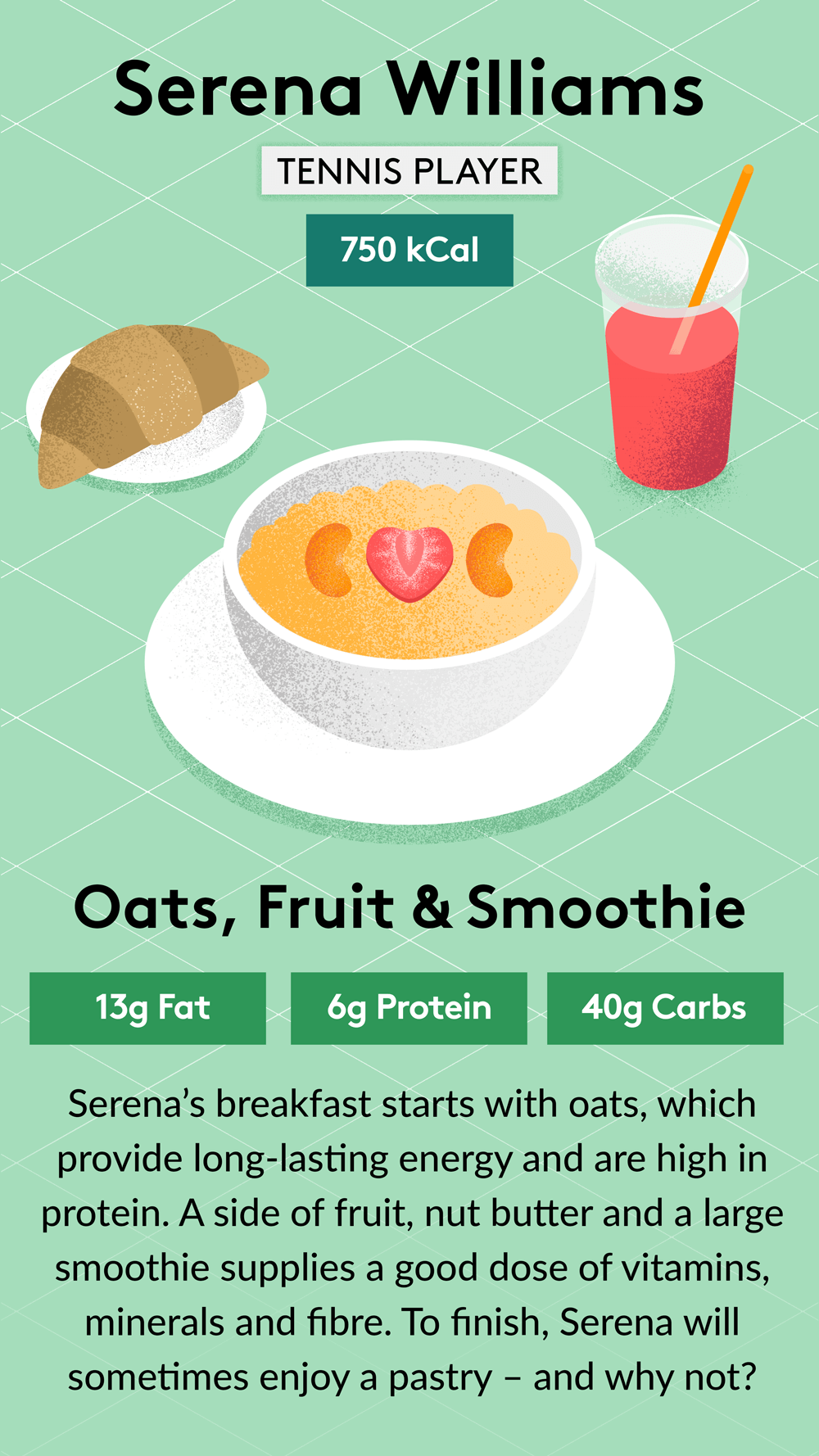Useful Hacks for a Zero Waste Christmas

In the UK, we produce around 31 million tonnes of waste a year. Around Christmas, the amount of waste produced increases by around 30% with 3 million tonnes of extra waste. Everyone up and down the country is encouraged to buy, buy, buy at Christmas. Whether this is food, presents, decorations – like the turkey that’s way too big for your oven, or buying unnecessary toys because all the kids have them these days – our consumption levels go through the roof.
Now, this isn’t to attack the festive period, and we wouldn’t want to feed into any ‘war on Christmas’ fantasies, it is the season to be jolly after all. But, does it have to be so wasteful and polluting?
Christmas is an intensely special time of year, and is one that offers us consistency, warmth and precious family moments in our hyper-turbulent times. Talking about changing our approach to Christmas can ruffle feathers, but lots of people are increasingly more interested in going zero-waste, and we’re going to offer you some hacks to reduce your waste or go completely waste-free after the holiday season.
What is Meant by Zero Waste?
Environmentalist thought and movements have been surging in variety and popularity over the past few decades. One strain of environmentalism has been the zero-waste movement. At the moment, Western society is built for convenience, not sustainability.Take single-use plastics for example, you’ll use them for perhaps just a few moments, yet that straw, that coffee cup lid, that plastic fork, it will be on this planet for a thousand years. And yet we continue to make and use billions of these items.
The zero waste movement is as it sounds. It’s a commitment to absolutely no waste whatsoever. The zero waste lifestyle is not for chancers, it really is a lifestyle that you have to commit to. But just like any time you form a new habit, it simply takes some time and patience for it to become second nature.
Some people will just commit to a zero waste kitchen, sticking to a mainly plant-based diet or consciously shopping at places that don’t package their items in plastic and so on. There are even specialist zero waste products that have sprung up in the wake of this movement.
What are the 5 R’s of Zero Waste Living?
There are 5 easy to remember commandments that underpin the zero waste lifestyle:- Refuse
- Reduce
- Reuse
- Rot
- Recycle
Next is to reduce. This is to simply reduce your consumption as a whole. Donate things, buy less, stick to your essentials and simplify your spending.
The next R is reuse (and repair). Most of the disposable items you use can easily be replaced with a reusable alternative. Handkerchiefs instead of tissues for example. Make the effort to repair broken items instead of chucking them out.
The next R is rot and this is a very interesting part of the zero waste lifestyle. This might sound a bit far-fetched, but zero wasters often have worm composting systems or ‘worm bins’. You can keep this in your home too, as it won’t smell. The worms will turn your kitchen waste into an effective fertiliser. This will save you taking the bins out and any need for your waste to be transported.
And finally, recycle. Recycling isn’t exactly new and recycling efforts continue to increase. Make sure you are recycling your items. If you live a committed zero-waste lifestyle, you should in theory have very little to recycle, if at all. But still, similar to reusing, recycling is key.

How Can We Be Eco-Friendly This Christmas?
As you can see, going zero-waste is no walk in the park. There’s a number of ways that we can apply this philosophy and lifestyle to Christmas. The hardest part of zero-waste is definitely just getting started, but you can use these tips to drastically reduce your waste this Christmas and then who knows? It could be the start of a brand-new lifestyle for you.In the Kitchen
So, how can you reduce your kitchen waste this Christmas?Plan your meals – There’s an awful amount of food waste during the festive season, so one thing to do is plan your meals over the holiday period. It’s easy to get caught up in the festive spirit and just buy a bunch of food that you either won’t eat or won’t need. Plan your meals so you know exactly what you need and put everything you buy to use.
Use your own containers – Avoid overpackaged items and take your own containers when doing the food shop. Lots of stores are now happy for customers to do this, or check to see if a zero-plastic or zero-waste store has opened near you. There are more and more independent shops springing up that are based around producing no waste. See if there’s one near you and if you could do some of your Christmas food shopping and more there.
Avoid convenience foods – Go for fresh and loose food instead, buying convenience food means more packaging. It’s probable that loose, fresh food will also be cheaper as you’re likely going to get more meals out of them. There are plenty of treats, dishes and foods you can make from scratch. If you’re time-poor this Christmas, you may not want to do that but it is a fantastic way to be more self-sufficient with food and to have more control over your diet, too.
Be conscious of your food waste – Separate your food waste from your general waste and make sure you compost. If you have some leftover food, try to use reusable storage solutions like jars, beeswax wraps and so on instead of tin foil and clingfilm. Take your food waste on a Boxing Day walk and feed some local ducks.
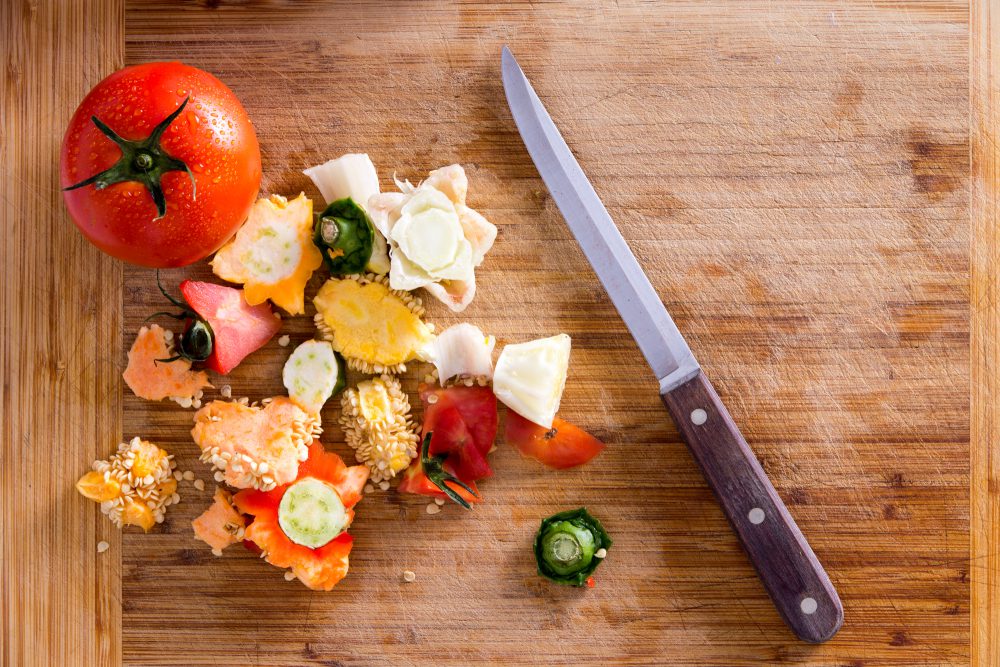
Around the House
Opt for energy efficient Christmas lights – What is Christmas without lights? It’s an essential part of Christmas and all the lights give it that special feeling and certainly bring some colour and vibrancy to the darkest time of the year. However, in the US alone, the electricity used for Christmas lights is more than the energy demand of entire countries. Go for some solar-powered and LED christmas lights instead, and use candles around the home.Make your own wrapping paper – Wrapping paper is a big one at Christmas. 227,000 miles of wrapping paper is chucked out every year in the UK, with Christmas making up a significant portion of that. That’s almost enough to reach to the moon! Make sure the wrapping paper you buy is recyclable or make your own if you can’t find any. You can make it super personalised and it can be a fun thing to do with your family.
Go digital with your Christmas cards – If anyone is offended that your seasons greetings are digital instead of written on some card that will be thrown away, ask yourself why you’re even sending those people your well wishes! We’re joking of course, but you can use it as a teachable moment. Explain the impact that billions of Christmas cards has on our environment each year.
Make your own gift tags – If you receive Christmas cards in the post, don’t throw them away! Keep them and use them as gift tags in the future. Lots will have patterns on them so they can be repurposed into cute little tags or details.
Buy a potted Christmas tree – If you usually buy a real Christmas tree each year, opt for a potted one. This can be a slightly more expensive option in the short term, but if you look after it properly, you’ll be able to use it year after year. It’s estimated that six million trees are cut down each year for the UK at Christmas, creating 250 tonnes of waste once they’ve been used.
Make your own decorations – Use old clothes and things you don’t need anymore to make some inventive Christmas decorations. This plays into the reuse part of the zero waste lifestyle and again, is a fun family thing to do. Be creative and make personal Christmas decorations you can use again each year.
Buy pre-loved, handmade or experience gifts – Children’s toys tend to be massively over packaged and use a lot of material that isn’t recyclable. Explore your local charity shops for unique gifts. You’d be surprised at what you can find at charity stores, and how cheap they are too. You’re repurposing an item, donating to charity and saving money all at once!
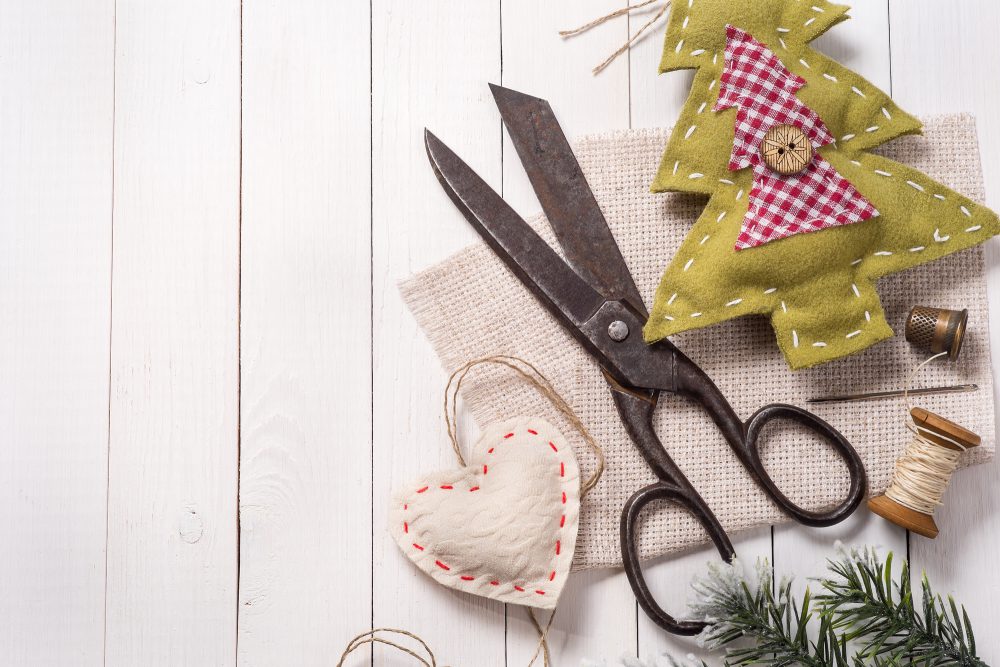
The zero waste lifestyle is a big commitment, but is always growing in popularity and is becoming easier and easier as more people do it. As more people get involved in zero waste, more hacks are discovered and people start marketing towards this lifestyle. As a society we are moving towards zero or low waste. It’s happening at an extremely sluggish pace and there is so much more to do, but some progress is better than none. See if you can action some of our tips and reduce your carbon footprint and waste this Christmas!


